
Willie Carson fell under the spell of a horse racing film from a sixpenny seat at the Allanpark Cinema in Stirling.
A decade later he was weaving his own racecourse magic.
He worked his way up through the racing ranks to become jockey to the Queen.
Carson would one day win five jockeys’ championships and rode 3,828 winners in the UK including four victories in The Derby in a 34-year career.
He became the fastest man on four legs.
Willie Carson was born in Stirling in 1942
Carson was known as Billy when growing up in a two-roomed council flat in Stirling.
His father Tommy, a banana warehouse manager for Fyffes, was 5 foot 6 inches, his mother May, 4 foot 10 inches, worked as a waitress in a Dunblane café.
The family weren’t without their share of bad fortune.
Carson’s young sister had tuberculosis.
She was in and out of hospital until she was 12.
Carson was forever up to mischief.
He would suck the dregs from empty beer bottles outside a bar at the age of five.
He used to climb the railway bridge at Stirling to try to catch the pigeons.
Carson went to Riverside Primary School, which gave him a pretty rough baptism.
He was bullied because of his size.
The fact his size set him apart only strengthened his resolve.
He attended the Territorial School and got a paper round when he was 11.
It was the round nobody else wanted.
It started at Stirling Bridge and wound its way through the outskirts of the town.
The round took him an hour and a half every morning before school and in the late afternoon when classes were over and the bundle arrived at Stirling Station.
He was paid 10 shillings and sixpence a week.
But it was worth much more in terms of what it did to build up his stamina.
He gave his wages to his mother.
Carson always kept the tips, which were bigger.
Carson fell under the spell of racing movie
A trip to the Allanpark Cinema in Stirling started the Carson fairytale.
The Rainbow Jacket about a boy who rose to jockey stardom changed his life.
Carson sat spellbound.
When the film finished he ran all the way home and burst into the house.
He told his parents: “I’m going to be a jockey.”
There was no family link with horses but they encouraged him.
Carson paid for riding classes in Dunblane with money from his paper round.
In his 1993 memoir he recalled how he didn’t really like the experience.
He said: “I used to cycle seven miles and change in the café by the school.
“I felt very embarrassed wearing those breeches.
“I was the only boy and I couldn’t ride for toffee.
“One horse went off with me very fast and I just slipped down the side.
“I found it very hard.
“It didn’t come easily, like riding a bike.”
He said he liked being around the ponies but “didn’t feel as though I belonged”.
“I always felt an outsider,” he said.
“In my day a working class kid going into these riding schools was unheard of.
“My mother paid for the riding lessons with the money I made from my paper round.
“It seemed a waste but I was a determined little bugger.
“Like the paper round that nobody else would do, I was determined I would do it.”
He did.
He left Stirling to try his luck down south
The desire to be a jockey was kindled when he was in Sunderland on holiday.
He went to Newcastle to watch the racing.
“The excitement, the speed, shone through,” he said.
“There wasn’t any fear.
“I had no reason, at that age, to be frightened, though the horses did seem gigantic.”
Carson stuck at it.
Eventually letters were sent off to various trainers.
In January 1958 he began his apprenticeship with Gerald Armstrong at the Tupgill stables in North Yorkshire, which was 250 miles from Stirling.
It wasn’t a bad life – even if he did get all the dirty jobs.
Carson became his handyman.
He used to get paid extra for painting windows and doors.
Carson started riding work aged 16.
His first race was at Redcar in May 1959.
Success didn’t come easy.
He was 22 rides before getting his first winner.
Pinkers Pond was 6/1 and won by six lengths at Catterick in July 1962.
Carson became the jockey to Lord Derby
Armstrong retired in 1963.
Carson transferred to work for his brother Sam in Newmarket.
He had ridden 58 winners when his apprenticeship ended in 1965.
Carson was badly injured in a car crash with an articulated lorry on the A1 in 1967.
His career was in danger but he fought back.
He could never have imagined that a year later he would land one of the top riding jobs in British racing when he received his first retainer from Lord Derby.
Carson’s greatest rival was Lester Piggott.
They competed against each other hammer and tong.
Carson rode his first Classic winner on High Top in the 2,000 Guineas in 1972, the year he was crowned champion jockey for the first time.
In 1973 he was made a freeman of Stirling.
The rides got better during his most successful partnership from 1975 with Major Dick Hern who was the trainer of the Queen’s horses at West Ilsley stables.
In 1977, the Queen’s Silver Jubilee year, Carson rode her filly Dunfermline to victory in both the Oaks at Epsom and St Leger at Doncaster.
In his four decades as a jockey, Carson won the Derby four times on Troy in 1979, Henbit in 1980, Nashwan in 1989 and Erhaab in 1994.
He broke 36 bones and had two life-threatening falls.
His worst was in August 1981.
Carson was leading the charge for the champion jockey’s title when Silken Knot broke a leg and threw him to the ground in the Yorkshire Oaks.
He suffered fractures to the base of his skull and the upper part of his spine.
Honours and celebrity status…
Carson was awarded an OBE in 1983 for services to racing.
He enjoyed his best season in 1990, riding 187 winners and retired from racing in 1997 at the age of 54 after being kicked in the liver by a horse.
Long before his retirement, Carson became a TV star, as team captain on A Question Of Sport, and he co-hosted BBC TV’s racing coverage with Clare Balding.
He famously had to stand on a box to get close to her height.
In 2011, he came fifth in ITV’s I’m a Celebrity…Get Me Out of Here!
He had Ferraris and four aeroplanes and also got to meet countless celebrities during his career including Bing Crosby, Omar Sharif and Muhammad Ali.
Carson received an honorary doctorate from Stirling University in 1998.
Now 82, he is a successful breeder.
The five-foot-tall Stirling lad who became a giant of horse racing remains the fourth most successful flat jockey in British history.
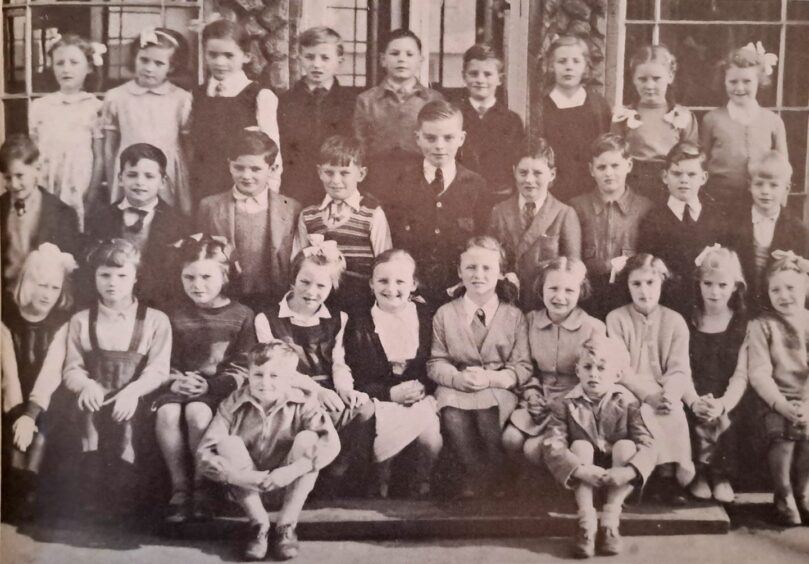
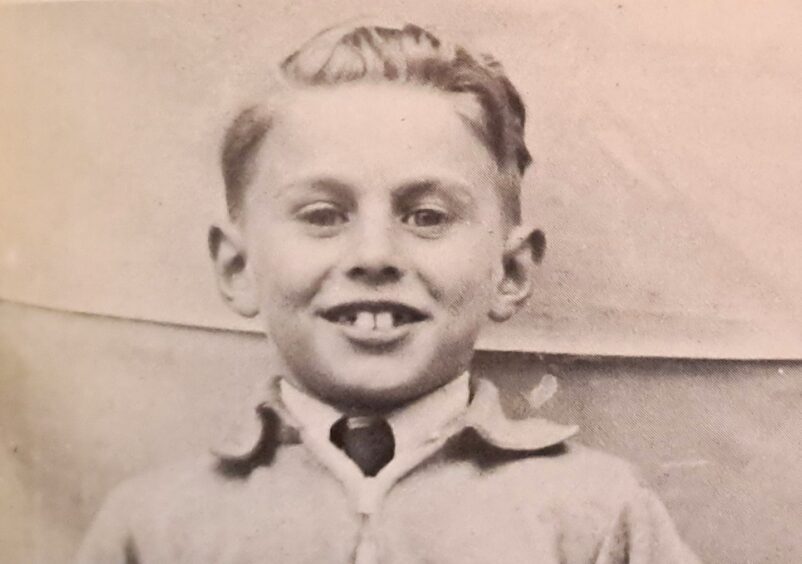
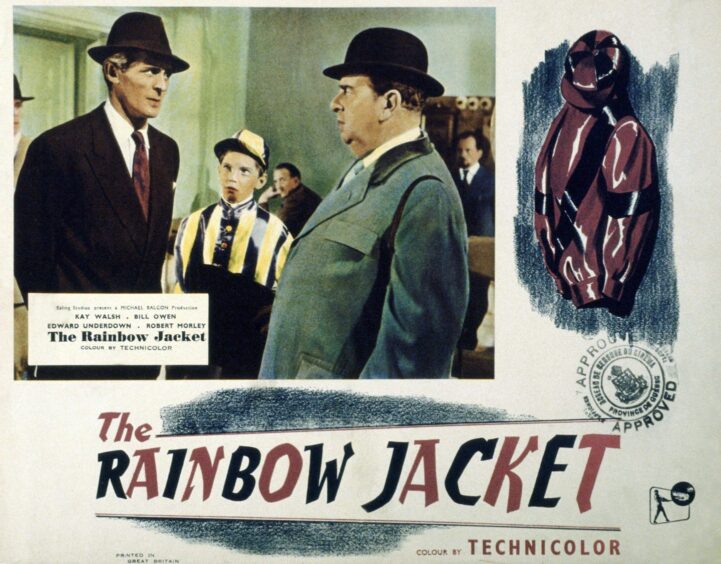
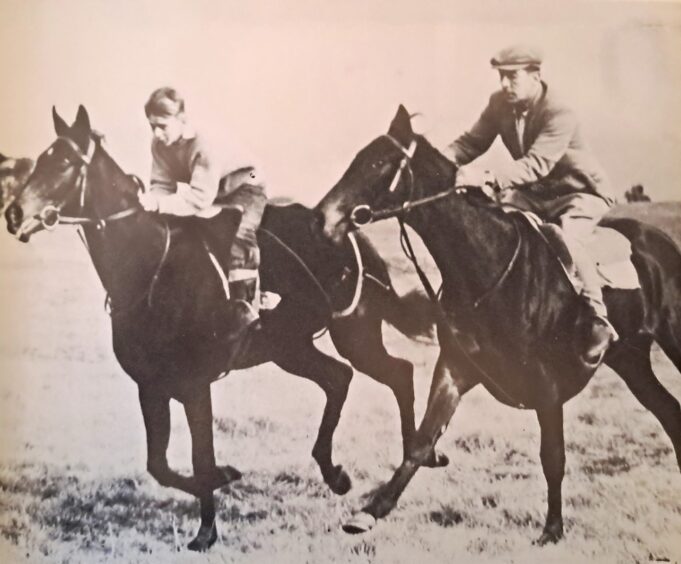
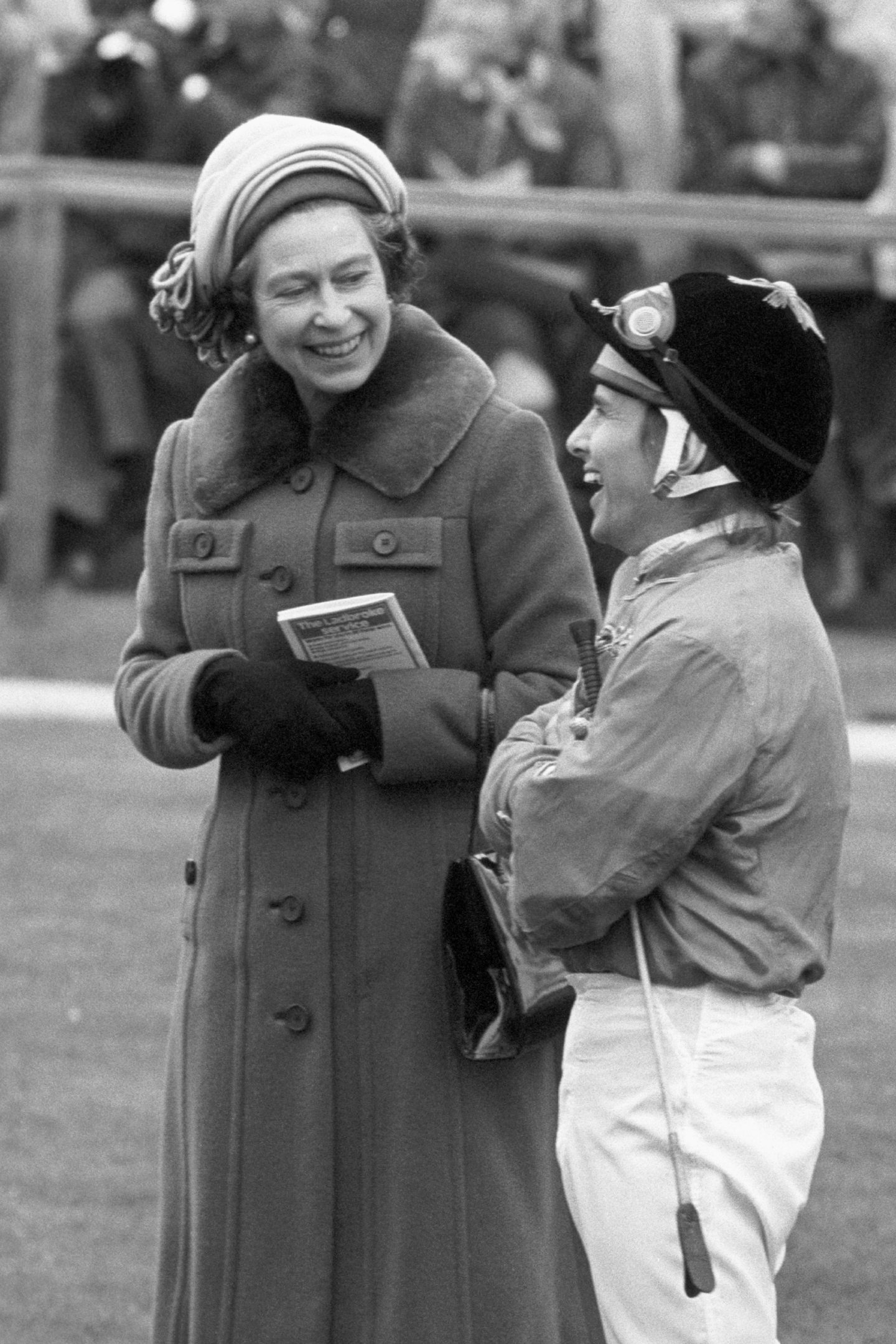
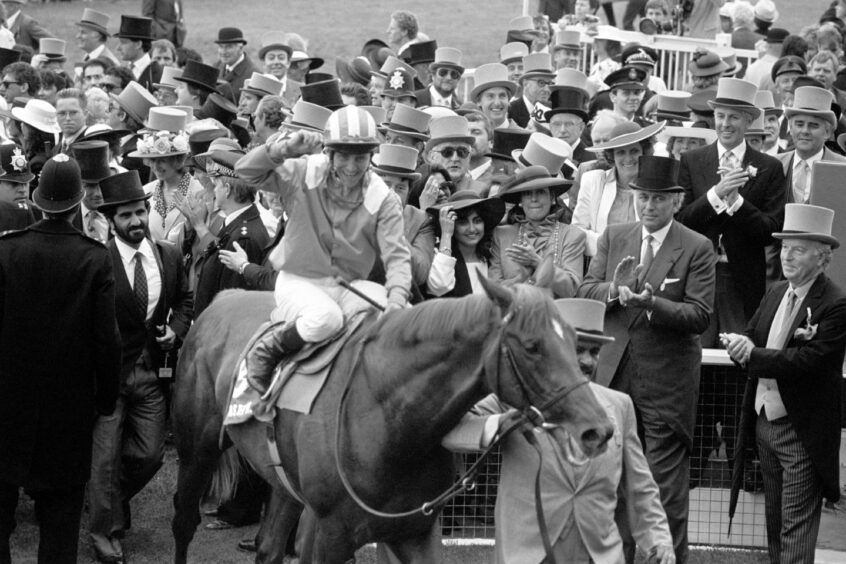
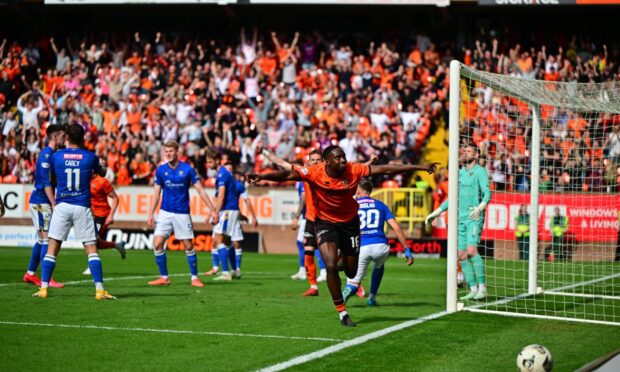
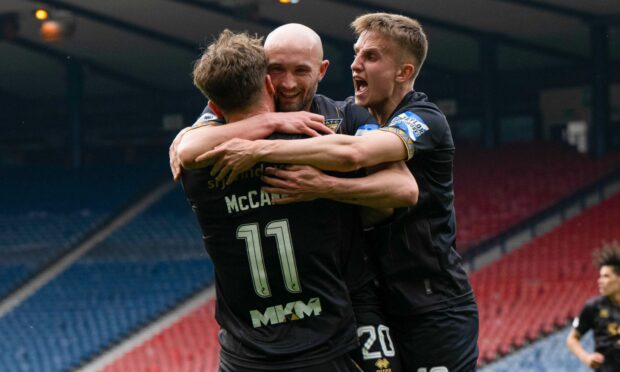
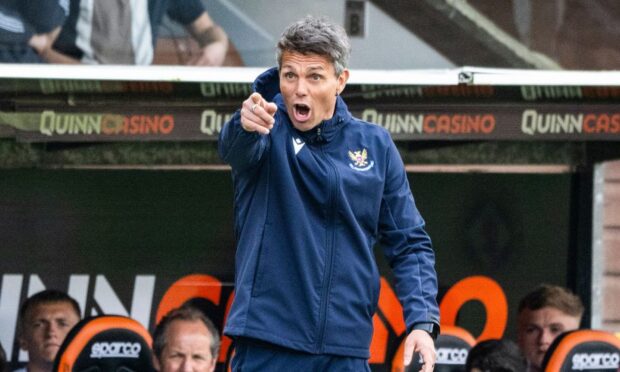
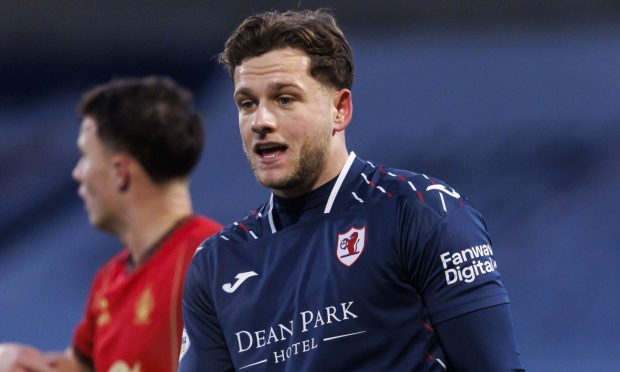
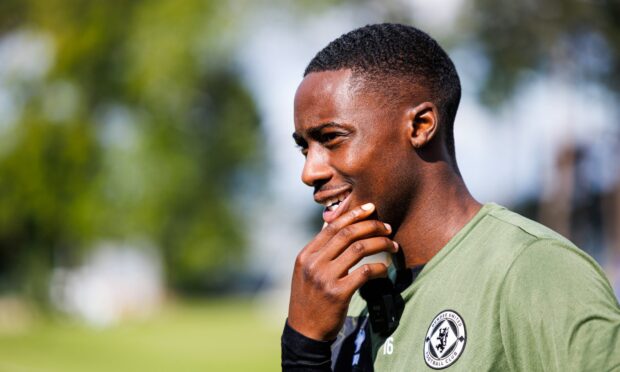
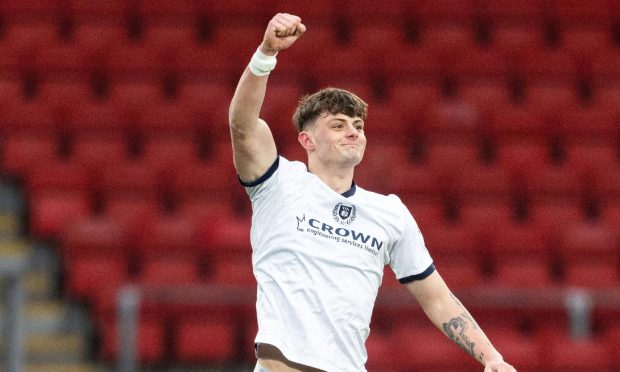
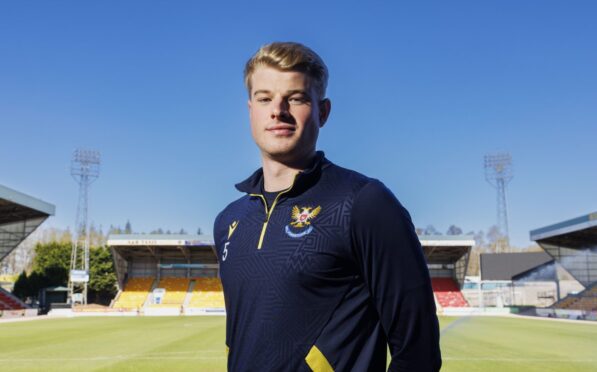
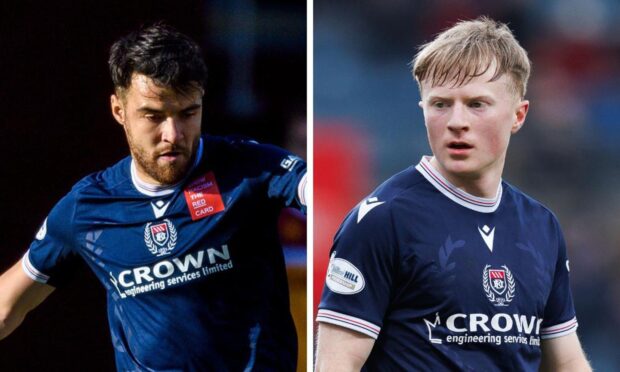
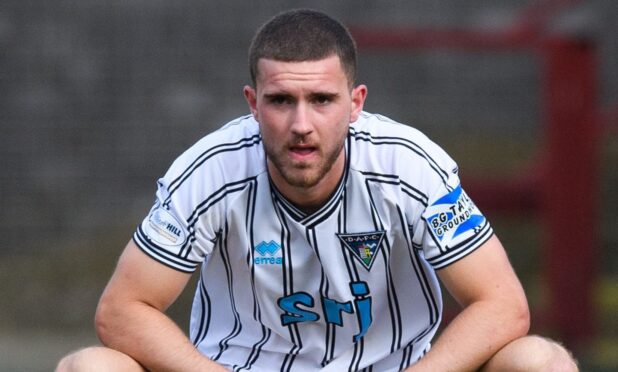
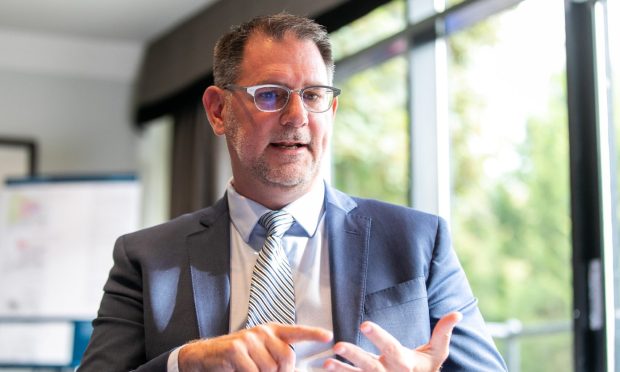
Conversation